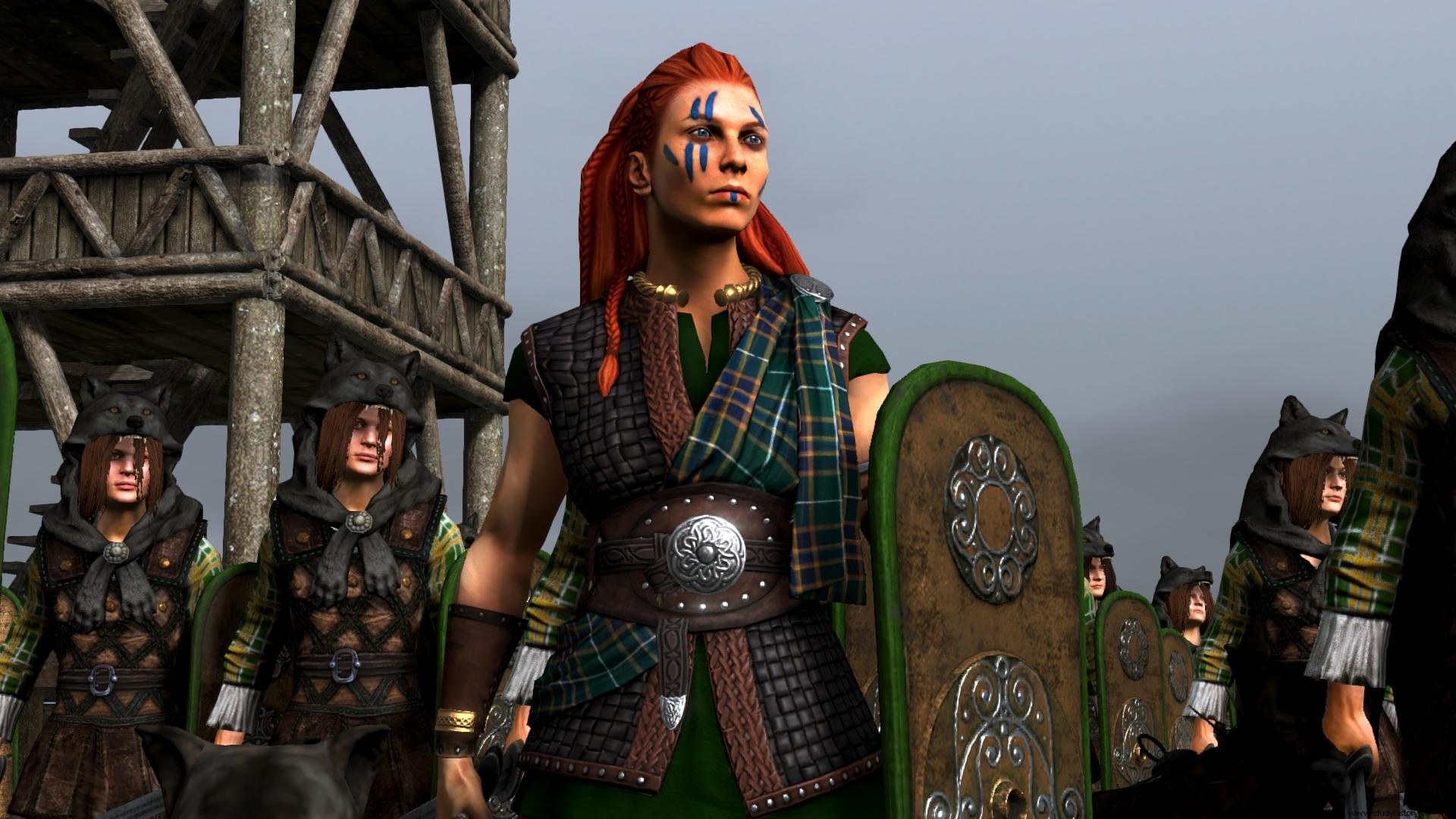The harangues of the champions before going into battle to inflame the spirits of the combatants are typical and, above all, very cinematographic. In this case, the confrontation occurred in the year 61 between Boudica , the queen of the Iceni, and Caius Suetonius Paulo , Roman governor of Britain.
The morning of the fight Suetonius got up at dawn, warned by his tribunes that the rebel army had formed up in front of them. A vague line formed in a crescent unfolded before him, closed behind by the Britons' own chariots that served as shelter for expectant women and children before a presumed great victory. Suetonius, well trained in the warlike deeds of Mario and César, saw in that the way to turn a British feast into a real hell. He formed his men with the classic double line in the form of saw teeth.

According to Tacitus, who narrated these events fifty years after they occurred, Boudica delivered this harangue to her troops:
Nothing is safe from Roman arrogance and pride. They will destroy the sacred and deflower our virgins. Win the battle or perish, such is my decision as a woman:that's where men want to live and be slaves.
Gaius Suetonius did the same with his:
Ignore the cries of these savages. There are more women than men in their ranks. They are not soldiers and are not properly equipped. We've beaten them before, and when they see our iron and feel our courage, they'll give in on the spot. Stand shoulder to shoulder. Throw the spears, then move forward:take them down with your shields and finish them off with your swords. Forget the loot. Just win and you will have it all.
That was how it happened. Suetonius formed up the troops and awaited developments. The Britons, impatient and unaware of the Roman tricks, after hours of observing the perfectly immobile enemy formation charged the front line. The gorge shortened the magnitude of the noisy British charge, which crashed into a hail of spears from the Roman front line. Once nailed, they left the shields useless, or pierced the unarmored bodies of the natives like a pin through butter. After the second hail of spears, a tapestry of corpses and the dying stretched out in front of the gorge. It was time to move on. Steadfast, gladius in hand, the Roman troops overwhelmed the Britons, slashing at them from their secure shield wall and driving them toward their chariots with cavalry charges from the flanks. It is assumed that more than forty thousand Britons were trampled to death after the disbandment of the insurgent army upon seeing the implacable advance of the legions and close to eighty thousand at the end of that bloody day in which nothing was respected. The British impedimenta itself acted as a dam and congested the flight. The legions massacred the indigenous masses, men, women and children, in one of the bloodiest episodes in the entire history of Roman Britain.
